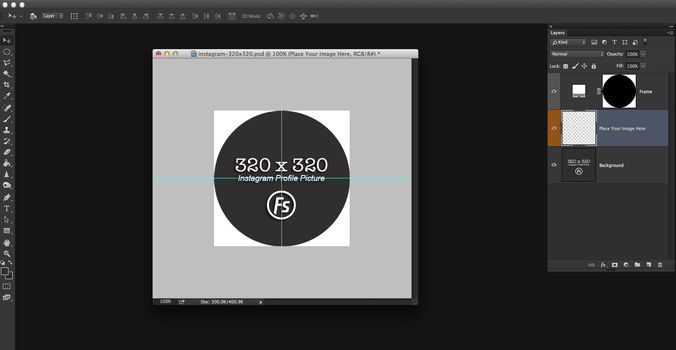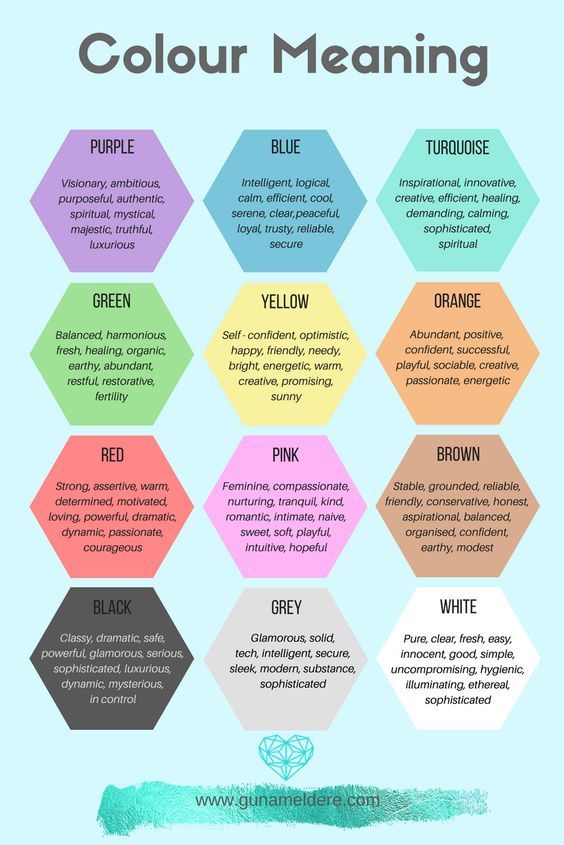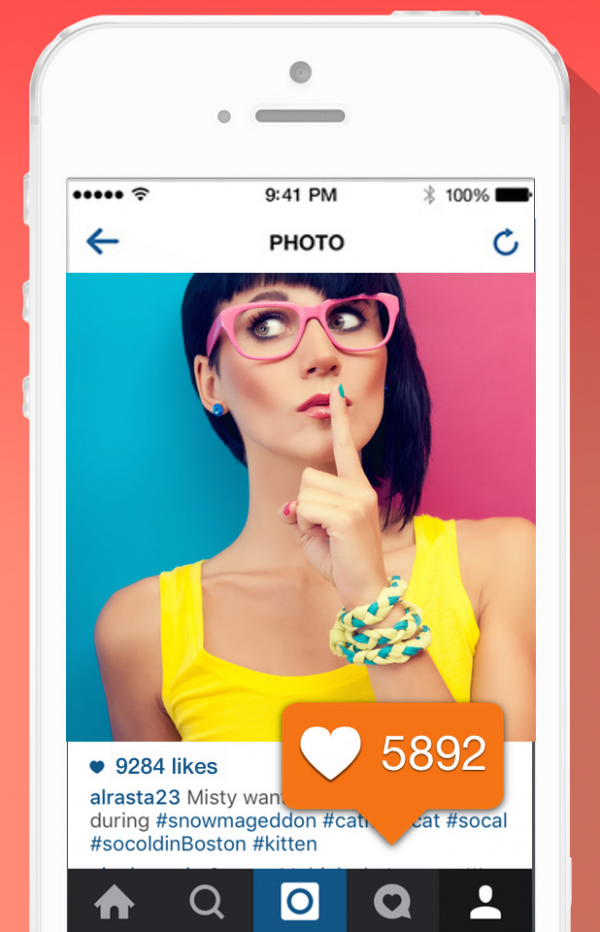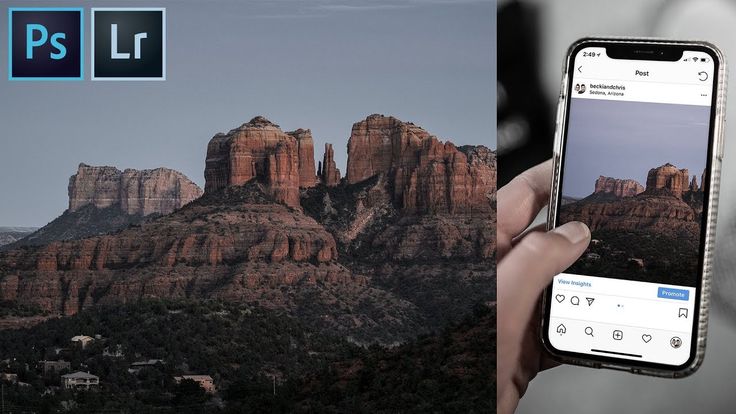How instagram was created
What It Is, Its History, and How the Popular App Works
The story of Instagram’s explosive rise reads like a Silicon Valley fairy tale, with the company gaining staggering momentum within just a few short months. The photo and video-sharing social media application took only eight weeks for software engineers to develop before it was launched on Apple’s mobile operating system in October 2010. In less than two years, Facebook (META) had acquired the company for $1 billion in cash and stock.
But, like all good tales, the process involved many twists and turns, failures and successes, conflicts and synergies, and a dose of fortuitous happenstance.
Key Takeaways
- Instagram is a photo and video-sharing social media application that was launched in 2010 by Kevin Systrom.
- The first prototype of Instagram was a web app called Burbn, which was inspired by Systrom's love of fine whiskeys and bourbons.
- The Instagram app was launched on Oct. 6, 2010, and racked up 25,000 users in one day.
- From the beginning, the primary focus of the app was to feature photographs, specifically those taken on mobile devices.
- Just prior to Instagram's initial public offering (IPO) in 2012, Facebook acquired the company for $1 billion in cash and stock.
History of Instagram
In 2009, Kevin Systrom, a 27-year-old Stanford University graduate, was working at Nextstop, a travel recommendations startup. Systrom had previously worked at Google (GOOG) as a corporate development associate and interned at Odeo, a company that would later evolve into Twitter (TWTR).
While Systrom had no formal training in computer science, he learned to code on nights and weekends while working at Nextstop. He eventually built a prototype of a web app called Burbn, which was inspired by his taste for fine whiskeys and bourbons. The Burbn app allowed users to check in, post their plans, and share photos. Although at the time, location-based check-in apps were very popular, the photo-sharing feature of Burbn was very unique.
Venture Capital Funding
A crucial turning point came in March 2010 when Systrom attended a party for Hunch, a startup based in Silicon Valley. At the party, Systrom met two venture capitalists from Baseline Ventures and Andreessen Horowitz. After showing them the prototype of his app, they decided to meet for coffee to discuss it further. After their first meeting, Systrom decided to quit his job and focus on Burbn. Within two weeks, he had raised $500,000 in seed funding from both Baseline Ventures and Andreessen Horowitz to further develop his entrepreneurial venture.
This seed funding allowed Systrom to start building a team of people to support his venture; the first to join him was 25-year-old Mike Krieger. Also a Stanford graduate, Krieger had previously worked as an engineer and user-experience designer at the social media platform Meebo. The two knew each other from their time as students at Stanford.
Pivot to a Photo-Sharing Application
After Krieger joined, the two reassessed Burbn and decided to focus primarily on one thing: photographs specifically taken on mobile devices. They carefully studied leading apps in the photography category at that time. For Krieger and Systrom, the Hipstamatic app stood out to them because it was popular and had interesting features that you could apply to photographs, such as filters. However, it lacked social media-sharing capabilities; Systrom and Krieger saw potential in building an app that bridged Hipstamatic and a social media platform like Facebook.
They carefully studied leading apps in the photography category at that time. For Krieger and Systrom, the Hipstamatic app stood out to them because it was popular and had interesting features that you could apply to photographs, such as filters. However, it lacked social media-sharing capabilities; Systrom and Krieger saw potential in building an app that bridged Hipstamatic and a social media platform like Facebook.
They took a step backward and stripped Burbn down to its photo, commenting, and "liking" functions. It was at that time that they renamed their app Instagram, combining the words instant and telegram. They also began focusing on improving the photo-sharing experience. Their intention for the app was that it would be minimalist and require as few actions as possible from the user. After eight weeks of fine-tuning the app, they gave it to friends to beta test and evaluate its performance. After resolving some errors in the software, they brought it to launch.
Launch of the iOS App
The Instagram app was launched on Oct.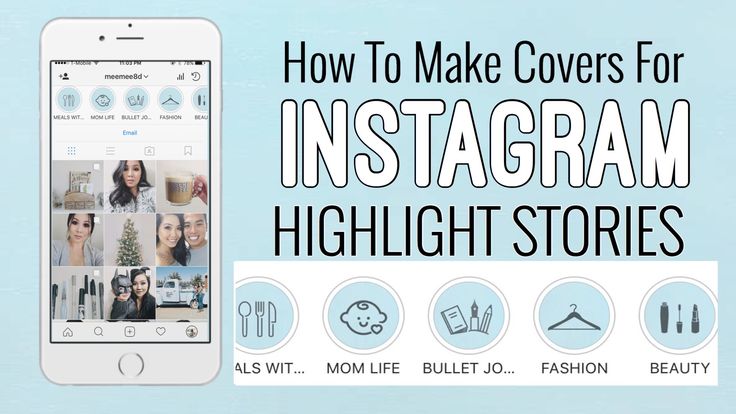 6, 2010, and racked up 25,000 users in one day. At the end of the first week, Instagram had been downloaded 100,000 times, and by mid-December, the number of users had reached one million. The timing of the app’s release ended up being fortuitous because the iPhone 4– featuring an improved camera–had launched just a few months earlier, in June 2010.
6, 2010, and racked up 25,000 users in one day. At the end of the first week, Instagram had been downloaded 100,000 times, and by mid-December, the number of users had reached one million. The timing of the app’s release ended up being fortuitous because the iPhone 4– featuring an improved camera–had launched just a few months earlier, in June 2010.
Series A Funding
After the rapid rise in Instagram's user base, more investors became interested in the company. In February 2011, Instagram raised $7 million in a Series A funding round. One of their investors was Benchmark Capital, which valued the company at around $25 million. In addition to institutional investors, the company attracted the attention of other leading companies in the social media technology industry, including Twitter and Facebook.
Although this new round of financing gave Systrom and Krieger the opportunity to hire more people, the founders decided to keep the company really small, with barely a dozen employees.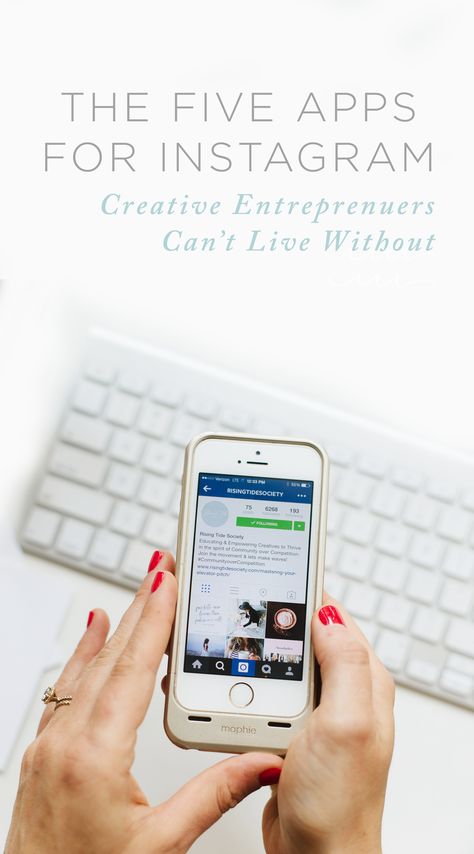
Systrom knew Jack Dorsey, the co-founder of Twitter, from his time as an intern at Odeo. Dorsey expressed a strong interest in the company and pursued the idea of acquiring Instagram. Twitter reportedly made a formal offer of around $500 million in stock, but Systrom declined the offer.
Facebook Acquires Instagram
By March 2012, the app’s user base had grown to approximately 27 million users. In April 2012, Instagram was released for Android phones and was downloaded more than one million times in less than one day. At the time, the company was also close to receiving a new round of funding at a valuation of $500 million. Systrom and Facebook founder Mark Zuckerberg had become acquainted through events held at Stanford, and the two had been in communication during the beginning of Instagram's rapid rise in popularity.
In April 2012, Facebook (now Meta) made an offer to purchase Instagram for about $1 billion in cash and stock; a key provision was that the company would remain independently managed. Shortly thereafter and just prior to its initial public offering (IPO), Facebook moved forward and acquired the company for $1 billion in cash and stock.
Shortly thereafter and just prior to its initial public offering (IPO), Facebook moved forward and acquired the company for $1 billion in cash and stock.
Instagram made a limited-feature website interface available in November 2012. In June 2014, the company introduced an app for the Amazon Fire device, and finally, in 2016, it created an app that made it compatible with Microsoft Windows tablets and computers.
Terms of Service Controversy
Instagram hit a bump in the road in December 2012 after updating its terms of service (TOS). This update effectively granted Instagram the right to sell users' photos to third parties without notification or compensation. The move drew immediate criticism from privacy advocates and many of the app's users; some users responded by deleting their accounts. Instagram eventually retracted the controversial terms.
Newer Features Added to the App
Although Instagram has a variety of features, most basically, the app's interface allows individuals who have created a free account to upload media–both photos and videos.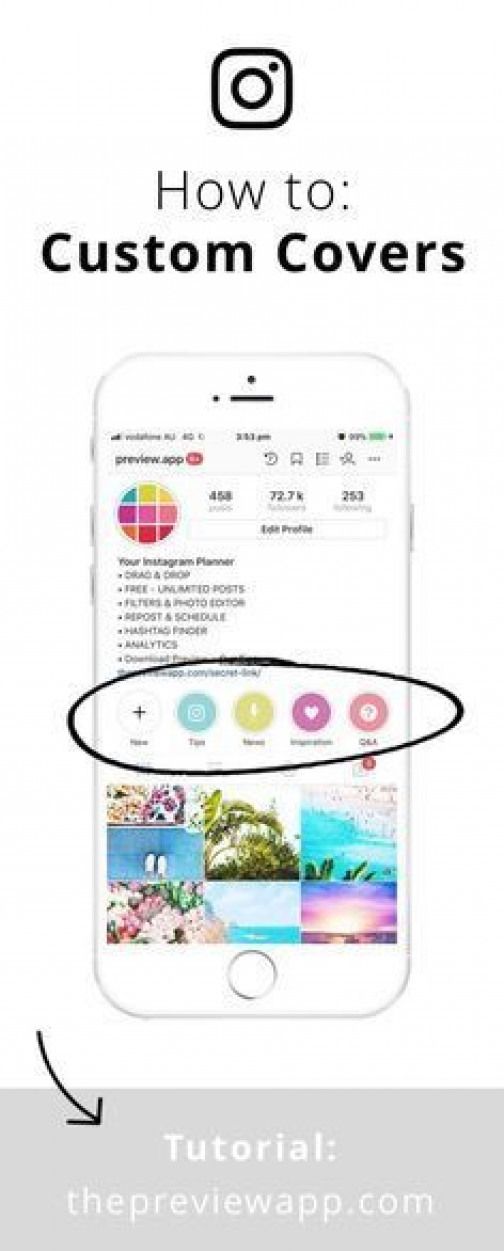 Users can then edit the media they upload with filters and organize them with location information and hashtags (a word or phrase preceded by a hash sign that is used primarily on social media platforms to identify posts about a specific topic). Users can make their profiles public or private; the difference is that with a public profile, a user's photos/videos are viewable by every other Instagram user, whereas with a private profile, users can approve who they want to be able to view their posts.
Users can then edit the media they upload with filters and organize them with location information and hashtags (a word or phrase preceded by a hash sign that is used primarily on social media platforms to identify posts about a specific topic). Users can make their profiles public or private; the difference is that with a public profile, a user's photos/videos are viewable by every other Instagram user, whereas with a private profile, users can approve who they want to be able to view their posts.
Instagram users can browse other users' photos and videos by searching for hashtags and locations. They can also scroll through an aggregation of trending content and interact with other users' photos and videos by clicking on buttons that allow them to "like" a post or add a text comment to a post. When a user "follows" another user, it means that they are adding that user's photos and videos to their feed.
The first version of the Instagram app only allowed users to display their media in a square aspect ratio (an aspect ratio is a proportional relationship between an image's width and height). For a square aspect ratio, an image's height and width are the same. This meant that Instagram users could only post media that matched the 640-pixel width of the iPhone 4 at that time (in 2010). In 2015, this feature changed and users could upload media that was larger (up to 1080 pixels).
For a square aspect ratio, an image's height and width are the same. This meant that Instagram users could only post media that matched the 640-pixel width of the iPhone 4 at that time (in 2010). In 2015, this feature changed and users could upload media that was larger (up to 1080 pixels).
Since it was first launched, Instagram has also added a messaging feature and the capability for users to include multiple images or videos within the same post.
One of the app's most popular features is called "Instagram Stories." With this feature, users can post photos and videos to a separate feed of content within the app. These types of posts are viewable by other users for 24 hours after the time of the original posting. According to Instagram, 500 million people use Instagram Stories every day as of 2022.
When Was Instagram Launched?
Instagram was launched on Oct. 6, 2010, where it was initially only available for iOS. The app reached one million registered users after just two months, and a billion users by 2018.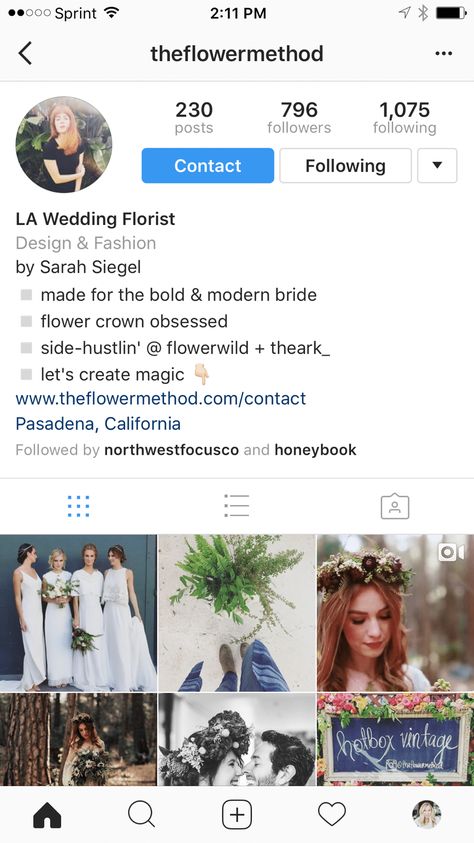
Why Was Instagram Originally Created?
Instagram was originally a photo-sharing app that featured several filters and enhancements for photos taken on a mobile phone. It combined features from the then-popular app FourSquare, whereby users could tag photos with people, locations, or other information to share Its creator, Kevin Systrom, has said he developed the app due to his love of photography.
How Did Instagram Become So Successful?
Instagram's focus on photo sharing and commenting led to a strong degree of user engagement and word-of-mouth marketing as users encouraged their friends and family to join. Its simple interface and popular features also made it widely liked. This combination led users, who notoriously have short attention spans, to scroll through many posts and become addicted, in a sense, to using the app.
The Bottom Line
While user growth has continued to increase since the Meta (formerly Facebook) acquisition, Instagram has made a relatively small number of changes to the app, sticking to its simple and intuitive user experience and core focus on photo- and video-sharing capabilities. Despite the high price tag of its acquisition, the company appears to have been a savvy investment on the part of Meta.
Despite the high price tag of its acquisition, the company appears to have been a savvy investment on the part of Meta.
In 2019, the market research company eMarketer predicted that Instagram would reach 117.2 million users by 2021. In 2018, Instagram was the second-most downloaded free app on the Apple app store (second only to YouTube's free mobile-device app). By 2020, more than 1 billion people used Instagram every month.
The story of how Instagram started and what entrepreneurs can learn from it
Here’s how two geeks from Stanford University made a billion dollar company worthy of royals and Presidents
Written by Gaurav Sangwani
Around 8 years ago Instagram was launched. As it first came to the Apple app store, the app was accompanied by a brief statement outlining of what the product can do: to make mobile photographs simple and beautiful. This is hardly any evidence of an app that would be embraced by the most powerful, famous people in the world, be priced at a billion dollars and change the way people see photographs.
Today the social media platform has over 800 million users across the globe. The photo editing options provided by the app has been adopted by countless celebrities.
Donald Trump has an account, so do Vladimir Putin as does Bashar al-Assad. There have been many celebrities launching their albums and many athletes sharing their wins on the network.
Also Read
But how did it get this far? How did two geeks from Stanford University make a billion dollar company worthy of royals and Presidents?
The Story
Instagram was developed in the US by Kevin Systrom and Mike Krieger. Systrom was a marketing guy, who at nights learned how to code. He soon came up with his own app called Burbn. An app that would enable users to check-in their location.
Soon at a party, meeting his friends working from VC firms, Systrom got them to discuss Burbn. After his first meeting, he quit his job and just two weeks from then he raised $500,000 from those firms.
Now was the time to hire a team and Mike Krieger was the first to fall in. This app was no different than other apps in the market, so they decided to pivot their model to ‘communication with images’. They stripped the app of all features except uploading photos, commenting and liking it. And so it was called Instagram as people were sending a sort of instant telegram.
This app was no different than other apps in the market, so they decided to pivot their model to ‘communication with images’. They stripped the app of all features except uploading photos, commenting and liking it. And so it was called Instagram as people were sending a sort of instant telegram.
From a handful of users, it soon went on becoming the number one photography app making over 100,000 users in just one week and then increasing it to a million in 2 months. According to Systrom, the app only took 8 weeks to build and was soon acquired by Facebook at a billion in 2012.
Learnings
Know when to Quit
There are several cases where people quit their job to start their own business and end up with a bad career and a failed startup. But there have been cases where they’ve succeeded too. The point here is to be careful and know when to quit your job. Systrom didn’t quit his job until the first meeting and he raised half a million dollars just 2 weeks later.
Pivot
It’s easy for an entrepreneur to be really attached with their idea.
Through the startup process, you go meet investors, pitch your model, raise investments etc. Your company has been doing good, but what happens when the progress comes to a halt? How does the startup react when the initial plan fails or expectations aren’t met? Unfortunately many startups give up at this time. Systrom didn’t. He didn’t even raise a concern on changing the company model because he was rational, he knew there are many apps already in the market like that and it’s eventually going to fail.
Killing features
Killing a feature/s, that you designed day and night and fought hard for it to be launched, can be hard. But, now, your product needs focus in order to maintain its value. Systrom without a doubt just went for it. He killed all features in the app making UI more cleaner, interactive and easy to operate. With just a few features, users were able to adopt it, use it and share through it.
Get live Share Market updates and latest India News and business news on Financial Express. Download Financial Express App for latest business news.
Who and how invented Instagram: the history of the creation of the social network
September 10 Cases / Anticases
Contents:
Today, Instagram is one of the most popular social networks in the world, with over 1 billion users. It is difficult to meet a person who does not have an account on Instagram or at least has not heard about the existence of this social network.
MUSTHAVE services for your Instagram!
TapLike - Instagram promotion. Buying followers, likes, story views, comments. Quality Audience! 100% service safety guarantee!
Instahero - instant cleaning of Instagram account from bots! Do a profile analysis for free!
Millions of people from different countries post their photos, communicate with each other, gain popularity, create and promote their business on Instagram.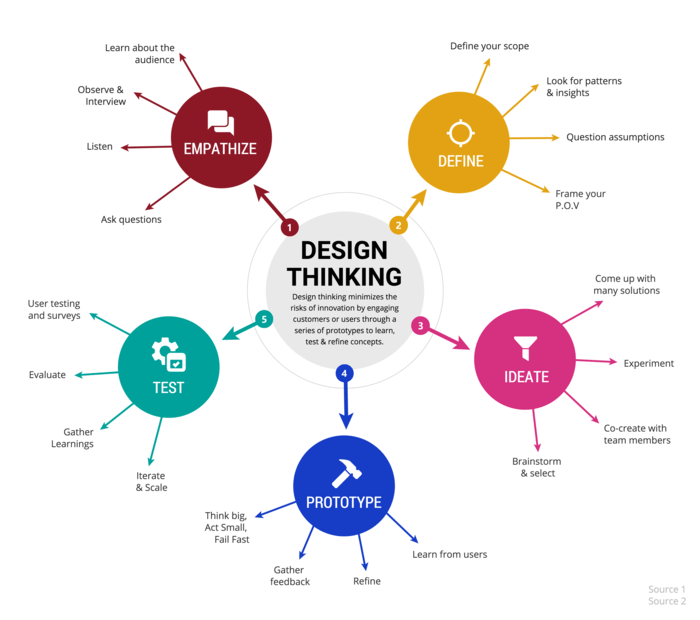 But it was not always so. Let's remember when and by whom the social network was created, which won such recognition around the world.
But it was not always so. Let's remember when and by whom the social network was created, which won such recognition around the world.
In this article we will tell the whole story of the creation and development of Instagram. Let's remember who and when came up with the idea of this application, we will tell you about the unusual path and the dizzying success of its founders.
Who invented Instagram?
The idea of creating an application for processing and publishing photos belongs to the American graduate of Stanford University Kevin Systrom. True, before becoming the most popular social network, its idea has undergone many changes.
Kevin Systrom, a marketer at Google, was raving about building his own successful startup. The guy studied programming, went to all kinds of seminars and conferences, met with venture investors and other young startups.
As a result, he came up with the idea of creating a new social network with elements of an online game.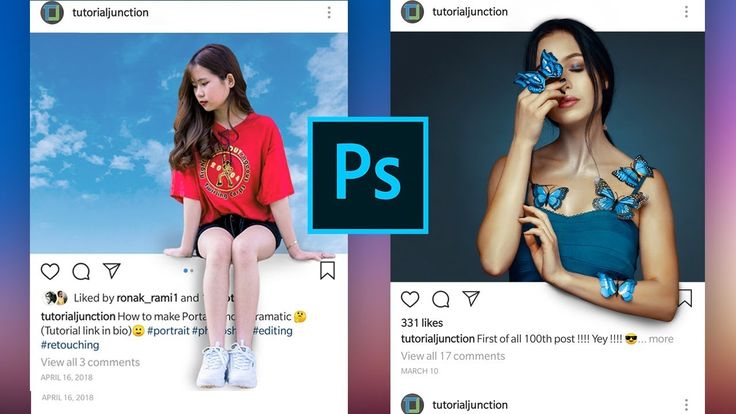 Kevin even came up with a name for his application - Burbn. Seriously on fire with this idea, Systrom was able to find investors for his project and left his job to devote his time to writing code.
Kevin even came up with a name for his application - Burbn. Seriously on fire with this idea, Systrom was able to find investors for his project and left his job to devote his time to writing code.
At one of the stages, Kevin began to actively discuss his offspring with his friend Mike Krieger and found a reliable partner in him. Then the guys worked on the idea together.
First failures and victories
Over time, Burbn's options have been reduced to the ability to post geotagged photos. But the program, created by non-professional programmers, looked bad.
Then Systrom and Krieger decided to return to the original idea of creating an online game as an application on the iPhone. But when the code was written, the application was not passed, because the interface was considered too complicated, and the game control was not intuitive.
The guys made a decision to cut the game's features and began to weed them out one by one. Soon, the developers saw that there were practically no game functions left in their project.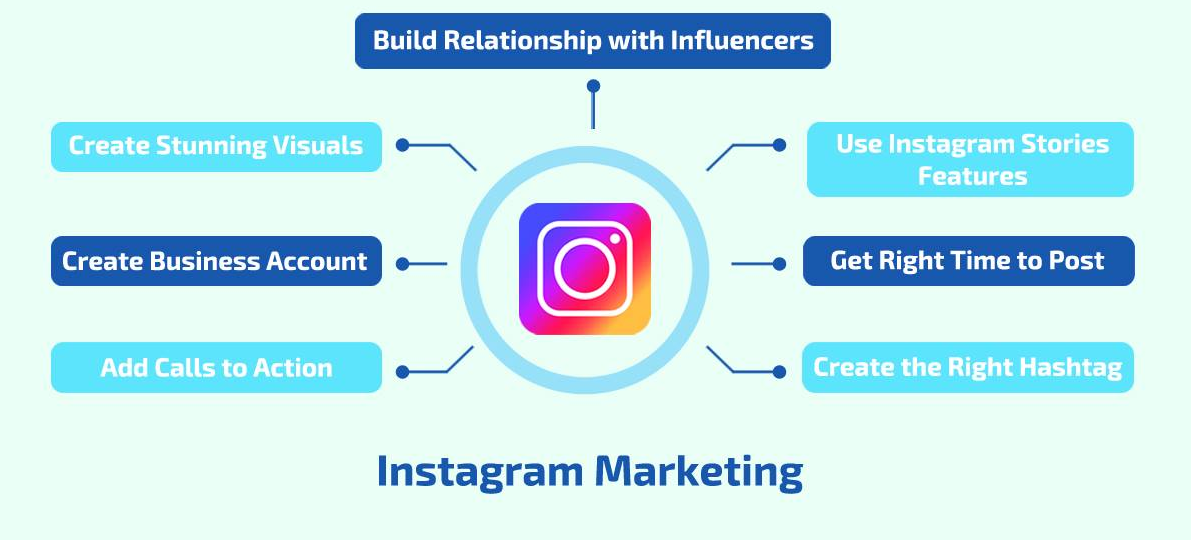 Now he only allowed taking and editing photos, as well as publishing and commenting on them.
Now he only allowed taking and editing photos, as well as publishing and commenting on them.
At this stage, Systrom and Krieger asked themselves the question - how to make something bright and unique out of the most ordinary and uninteresting photograph? Filters! This brilliant idea subsequently won the hearts of millions of Instagram users.
After considering the result, the startups decided that it had gone very far from the original idea. They got a completely different application, which means that a new name was required. This is how the world-famous Instagram appeared today.
Instagram launch
Instagram saw the world on October 6, 2010 when the app became available for download in the AppStore. From the first minutes it was clear that this social network would make a splash all over the world.
In the first day, Instagram was downloaded by 25,000 users. Every day this figure increased exponentially. Instagram literally immediately got into the TOP of the most downloaded applications.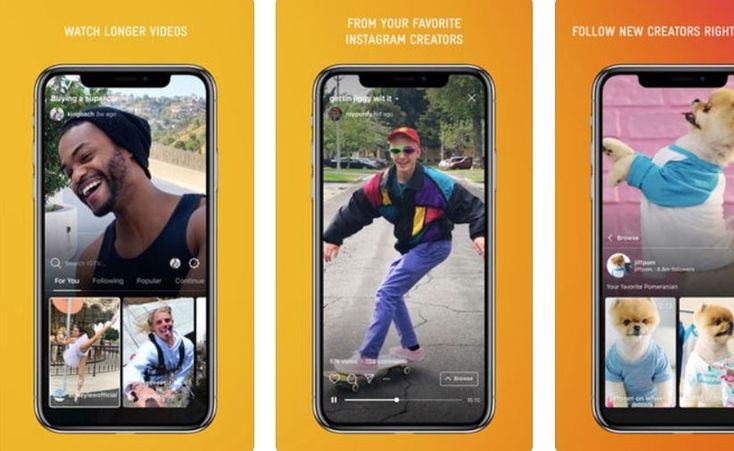 It was an undeniable success.
It was an undeniable success.
In the first month, the number of users of the application reached 1 million people. In the first year, the number of people who registered on Instagram exceeded 10 million. Nobody expected such a result. Even in their wildest fantasies, Systrom and Krieger did not imagine that their application could become so popular.
Development of the Instagram application
When it became clear that the popularity and success of Instagram is serious and for a long time, the creators of the application actively took up its refinement and improvement. A whole team of experienced programmers and engineers was formed.
During the existence of the social network, many new features and capabilities have been added to the initial version: new filters, hashtags, an Android version, video sharing, photos of various formats, and much more.
Facebook buys Instagram
The interest of Mark Zuckerberg, founder and owner of the world's largest social network Facebook, in Instagram determined the further fate of this application. Anticipating the future success and prospects of the application, Zuckerberg made an unprecedented offer to its creators - $ 1 billion.
Anticipating the future success and prospects of the application, Zuckerberg made an unprecedented offer to its creators - $ 1 billion.
It was incredible! To give such money for a successful, but still rather "raw" application with a completely ill-conceived monetization system. But today it's safe to say that Zuckerberg knew what he was doing.
April 9, 2012 the deal was signed. Systrom and Krieger agreed to sell Instagram for $300 million in cash and $700 million in Facebook stock. In one day, the guys turned from young startups into multimillionaires. At the same time, they both continued to work on Facebook on the further development of their offspring.
Instagram today
Seven years later, everyone was convinced that Mark Zuckerberg was right when he believed in Instagram and decided to get it at all costs. Over the years since the purchase, the application has been greatly improved - stories, live broadcasts, IGTV and many other interesting features have appeared. But most importantly, a project monetization system was developed - targeted advertising, which has already made it possible to recoup the investment.
But most importantly, a project monetization system was developed - targeted advertising, which has already made it possible to recoup the investment.
Instagram audience has also grown tremendously since 2012. Today, more than 1 billion accounts are registered on the social network, and more than 500 million unique users view stories every day.
From a poor quality photo editing app, Instagram has become the largest mobile social network, a meeting place for millions of people around the world and a convenient platform for doing business.
Post tags: Instagram
who is it and how did the popular social network 9 appear0001
July 17, 2010 in one of the cities of Mexico, Kevin Systrom saw a stray dog hiding from the heat under a taco counter. The guy took a picture of the dog and uploaded the picture to the application, which in three months the whole world will recognize as Instagram. The Mexican dog did not know for sure that a large-scale insta-epoch would begin with his photo.![]() And Systrom himself did not expect that a billion people would download his application to smartphones.
And Systrom himself did not expect that a billion people would download his application to smartphones.
The editors of MC.today tell who the creators of Instagram were and how the social network now lives without them.
First post on Instagram. Source
Who invented Instagram
By the age of 27, Kevin Systrom already had experience working at Google, Odeo (later the company became Twitter. - Note ed.) and the travel startup Nextstop.
He had no formal education as a programmer: he studied management at the university. But the guy independently mastered computer science at night and on weekends.
Kevin was interested in photography and saw the potential in sharing apps. There were already analogues on the market, for example Foursquare. But Systrom wanted to expand the functionality: indicate the geolocation on the photo, exchange messages, make appointments, and so on. Over time, this application became Burbn in 2010.
At a party in Silicon Valley, Systrom showed two VCs from Baseline Ventures and Andreessen Horowitz a Burbn prototype. They became interested, and in the morning a business meeting took place. Within a week, these two funds invested $500 million in Systrom's project. And he himself quit Nextstop and focused on developing a startup.
A few months later, 25-year-old Mike Krieger joined the project. The guys met and became friends at Stanford University. Prior to that, Mike worked at the startup Meebo (messaging service. - Ed.) .
In search of the ideal: the first failures and victories
Burbn did not achieve much success. The app was difficult to use and the number of features was confusing. Systrom analyzed which of them people actually use. It turned out that most often just share photos. So Kevin and Mike decided to focus on photos taken with their phones. They refused other functions.
In Zigzag: An Amazing Path to More Creativity, R. Keith Sawyer writes that after exploring the main photo-sharing apps, Kevin and Mike turned their attention to Hipstamatic and Facebook. Hipstamatic had cool filters, but it was difficult to share a photo in it. There were photos in the Facebook feed, but sharing them on the iPhone was not easy.
Keith Sawyer writes that after exploring the main photo-sharing apps, Kevin and Mike turned their attention to Hipstamatic and Facebook. Hipstamatic had cool filters, but it was difficult to share a photo in it. There were photos in the Facebook feed, but sharing them on the iPhone was not easy.
So Mike and Kevin decided to create something between Hipstamatic and Facebook. The guys have developed an easy-to-use application. It combined tools to improve grainy photos taken with early smartphones with a social feed to share them.
Mike Krieger and Kevin Systrom. Source
How Instagram was launched
After months of experimentation and prototyping, in October 2010 Systrom and Krieger launched an improved photo sharing app. And they renamed it from Burbn to Instagram.
“Burbn was a false start. All the best companies in the world had predecessors. YouTube was a dating site. You always have to evolve into something else.
” – said Systrom later at a conference in 2012.
In fact, Kevin and Mike gave people what everyone has been waiting for: the ability to share edited photos. It was a victory. In the first day after launch, Instagram already had 25,000 users. Within the first week, it was downloaded 100,000 times. And by mid-December, the number of downloads reached a million.
“I realized the success of Instagram after my parents started using it” – spoke Kevin.
The number of users grew rapidly, so the programmers worked hard. The guys even had to use Amazon servers, as their own could not withstand the load.
Forbes cover with Kevin Systrom, August 20, 2012 issue. Source
Technology and business publications wrote about the founders. This increase in popularity and media interest has led to the fact that investors themselves began to pay attention to the startup.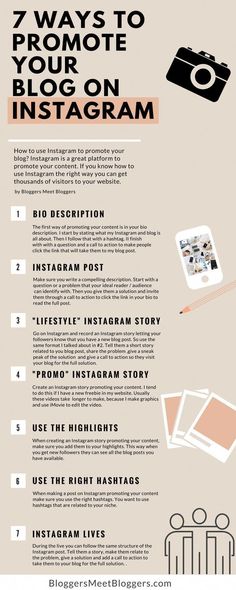 In February 2011, $7 million was invested in it. One of the Benchmark Capital investors then valued the company at about $25 million.
In February 2011, $7 million was invested in it. One of the Benchmark Capital investors then valued the company at about $25 million.
In addition to institutional investors, the company has attracted the attention of other IT companies, including Twitter and Facebook.
Systrom knew Jack Dorsey when he was at Odeo. Dorsey offered about $500 million for the app, but Systrom refused. He wanted to develop the company on his own.
Why Facebook decided to buy a startup
Mike Krieger, Mark Zuckerberg and Kevin Systrom. Source
At the same time, Facebook founder Mark Zuckerberg was eyeing Instagram. At some point, he realized that in addition to money, Systrom needed independence.
In 2012, Facebook bought Instagram for $1 billion in cash and stock. It was a huge amount for a company with only 12 employees.
The Instagram team before Facebook bought the company. Source
At that time the project did not earn anything. With this deal, the founders of Instagram seemed to be killing two birds with one stone: they get money and the freedom to develop the application at their discretion. And Systrom agreed.
With this deal, the founders of Instagram seemed to be killing two birds with one stone: they get money and the freedom to develop the application at their discretion. And Systrom agreed.
“Zuckerberg promised me he would let us run Instagram as a separate company” – spoke Kevin Systrom.
Thanks to Facebook's investment, Mike and Kevin no longer had to worry about money. Therefore, they focused on the development of Instagram: they added new filters, launched stories, live broadcasts and their own version of television - IGTV. After Facebook's shareholders began to complain that Instagram was not making money, they created a tool for displaying ads in the application.
But as the network grew, so did disagreements with Zuckerberg about its future. And in 2018, Instagram founder Kevin Systrom and his partner Mike Krieger left the company. In their statement, they wrote that they wanted to take a break and create something new.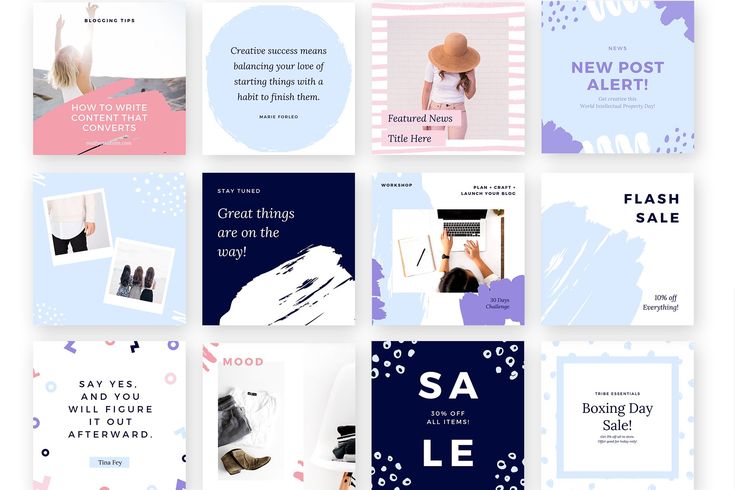
“Creating something new requires us to take a step back, understand what inspires us and match it with the needs of the world; this is what we plan to do,” Kevin said on .
Instagram in numbers today
Now Instagram is much more than a photo-sharing platform. The company has launched many features that help brands promote and sell products directly from the app. Bloggers make thousands of dollars online.
Here are some numbers from today's life of the social network:
- More than a billion people use the application every month.
- On average, each user spends about 30 minutes a day on Instagram.
- 500 million people watch stories every day.
- Even though Instagram is accessed primarily through the mobile app, it still ranks among the top 10 most visited websites.





